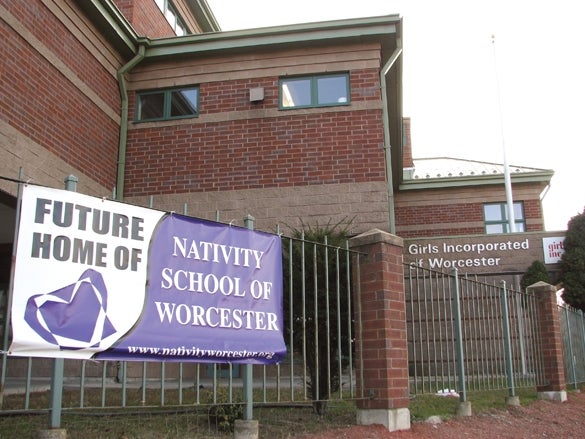By now, even folks with little or no interest in Wall Street or the investment banking industry have at least heard the term commercial paper.
It was the flexible, fast-moving commercial paper market that companies use for all kinds of short-term financing that was nearly brought to a screeching halt as the nation’s economy crumbled this summer.
But in the midst of all the turmoil, there were organizations like the Nativity School of Worcester that had little to do with the financial markets but were nonetheless relying on commercial paper to fund significant projects.
Monkey Wrench
On July 15, the Nativity school met with Bob Seega, MassDevelopment’s vice president of investment banking, to discuss financing the purchase of the school’s new home, the former Girls Inc. building at 67 Lincoln St., through the agency’s tax exempt commercial paper program for nonprofits.
The program issues commercial paper loans from a pool of capital maintained by five participating banks: Bank of America, TD Banknorth, JP Morgan, Citizens and Allied Irish Bank.
The program allows a lot of flexibility for how nonprofits can draw the funds they need and how they can repay those funds. The program doesn’t require many fees and doesn’t require any pre-payment penalties, which is nice for nonprofits that don’t know exactly when their money will be coming in.
Seega helped the Nativity School fill out its application for the commercial paper program, and it was eventually approved by the MassDevelopment board of directors and Gov. Deval Patrick’s office.
By then, financial markets had become volatile.
Interest rates on commercial paper are very short-term and apply for anywhere between one and 270 days. Rates for tax exempt commercial paper are set against an index maintained by the Security Industry and Financial Markets Association.
On July 15, the SIFMA index rate was 1.49. By the beginning of September, it was 1.63. On Sept. 11 it was 1.79 and on Sept. 18 it was 5.15. On Sept. 25, it was 7.96.
“And we were trying to close this transaction with these folks Oct. 1,” Seega said. “All kinds of chaos was going on and the folks at the Nativity School are wondering what to do. The deadline to close is Oct. 1.”
Inasmuch as there can be “gut check” time in investment banking it was gut check time. And it was about to become just a little more nerve-wracking.
“Let it roll” is not a phrase one would typically associate with Bank of America.
But on Oct. 1, the country’s largest bank, the bank financing the school’s $1.8 million purchase of 67 Lincoln St., had to reset its commercial paper rates and it didn’t look good for the school.
Then, “Bank of America decided, because interest rates were so unpredictable, they would stay short and roll to Oct. 8,” Seega said. “I advised (the school) not to jump in, wait the eight-day period.”
At the eight-day mark, the school did jump in and secured a commercial paper bond at 4.5 percent for 27 days. That rate reset Nov. 4, as it did for all Bank of America commercial paper transactions, to 1.15 percent for 90 days.
“We never even went after a loan before,” said Charles “Chick” Weiss, chairman of the board at the Nativity School. The school, which has just 60 students — all boys — and 15 staff, relies entirely on donations for support. “I’m by training a psychologist, and I have to say, I was unprepared for all the ups and downs.”
Now, the school can get on with more familiar challenges like raising money for its operating budget, though it now also has to pay off the debt on its new Lincoln St. home.
“And that is a challenge for a small institution in a community that has so many needs,” Weiss said.

